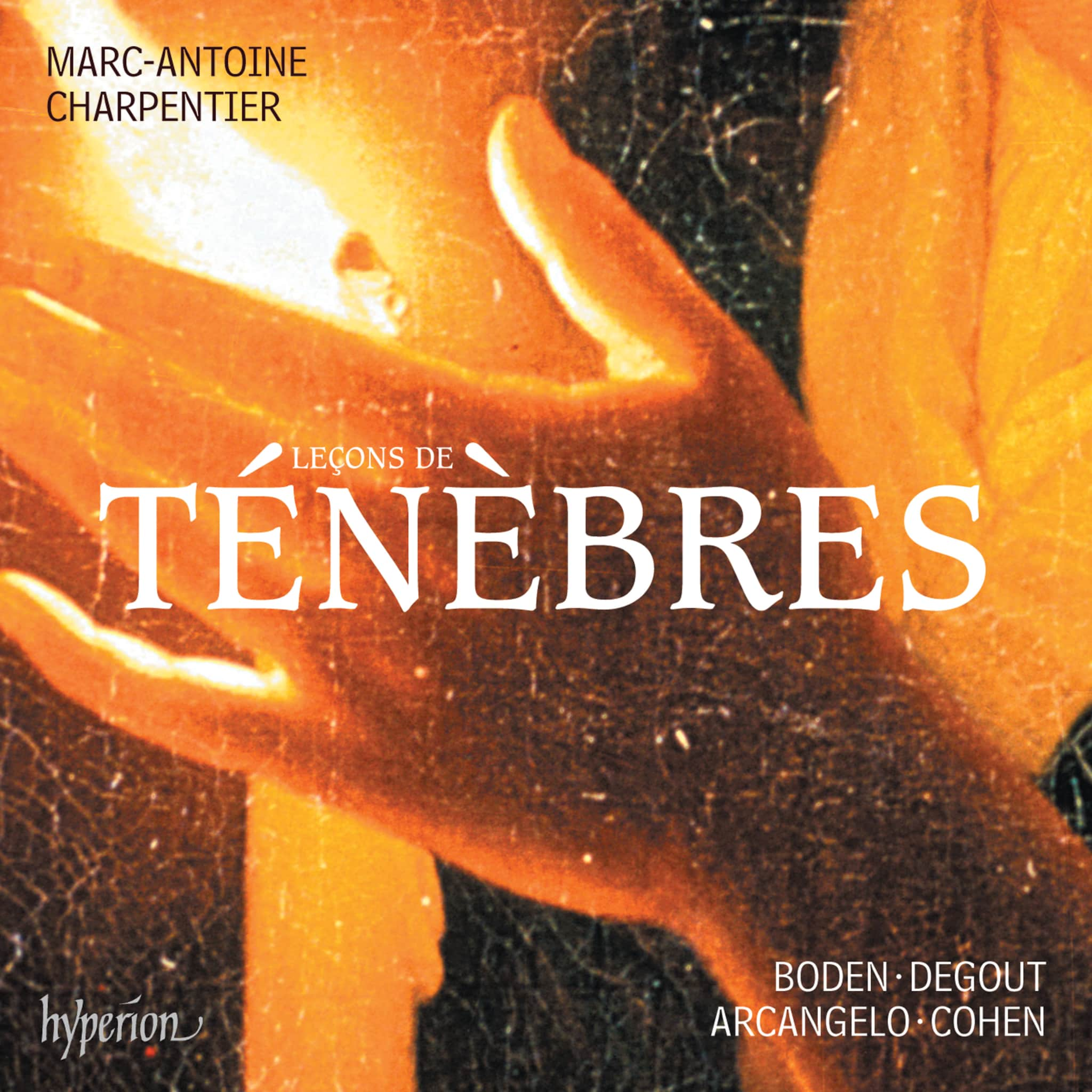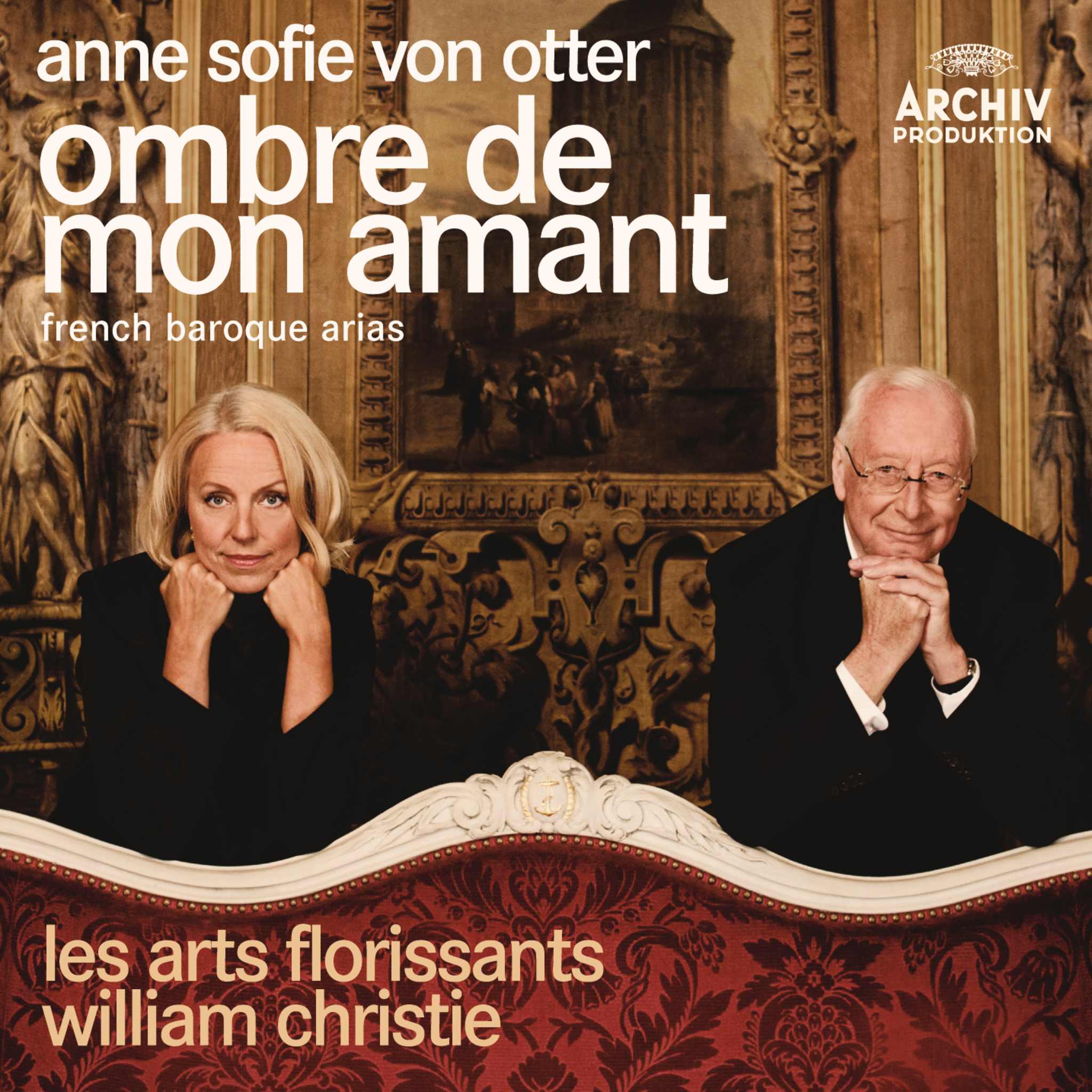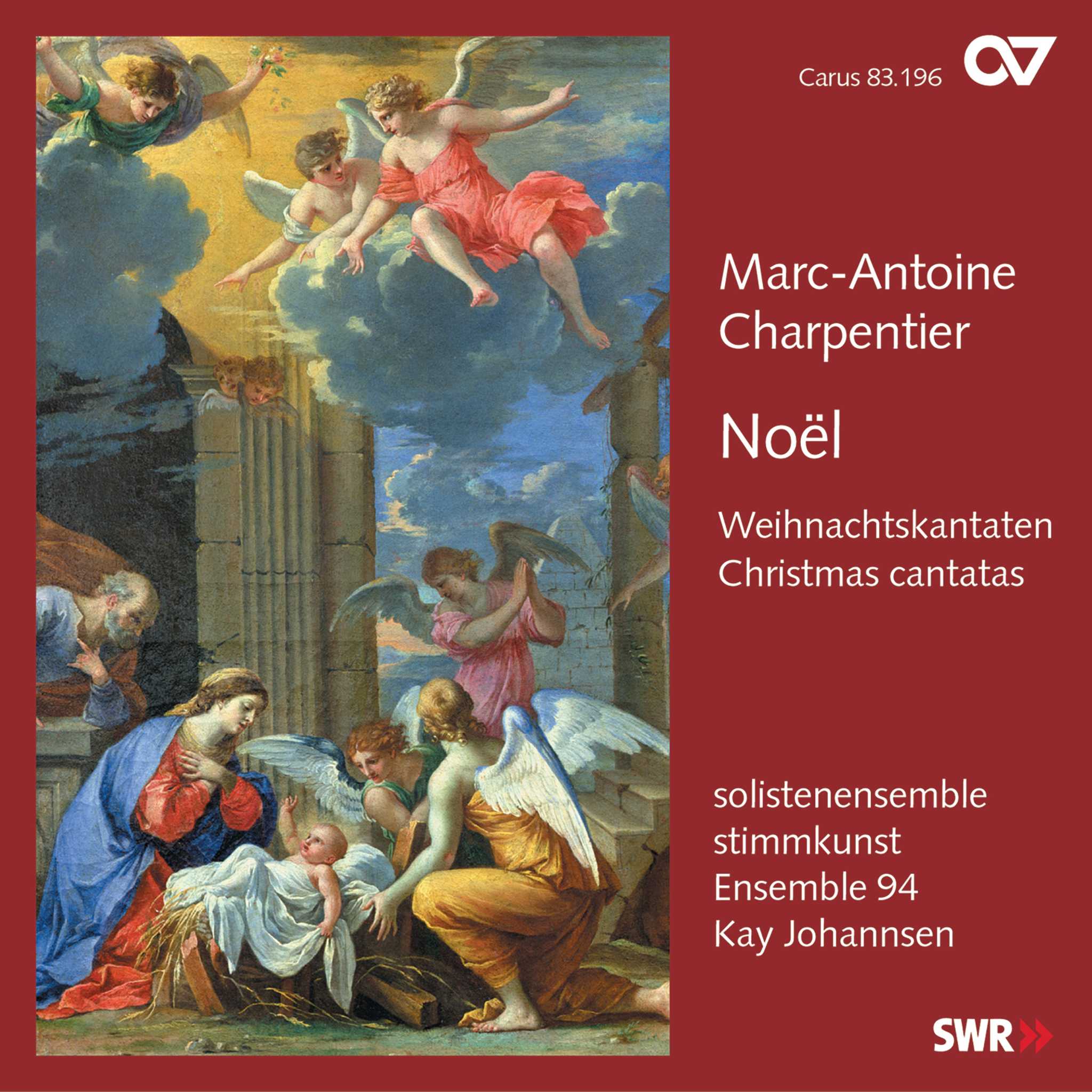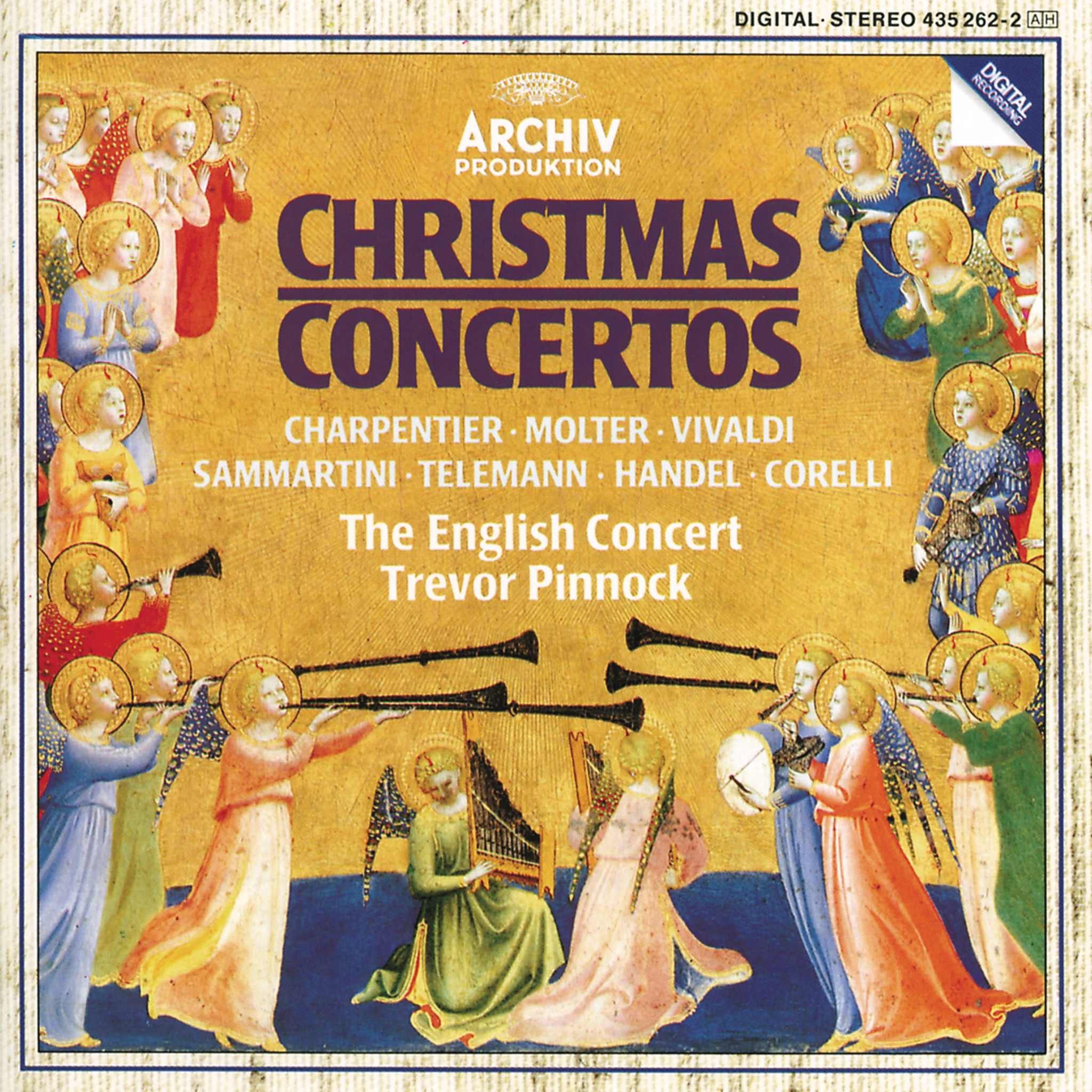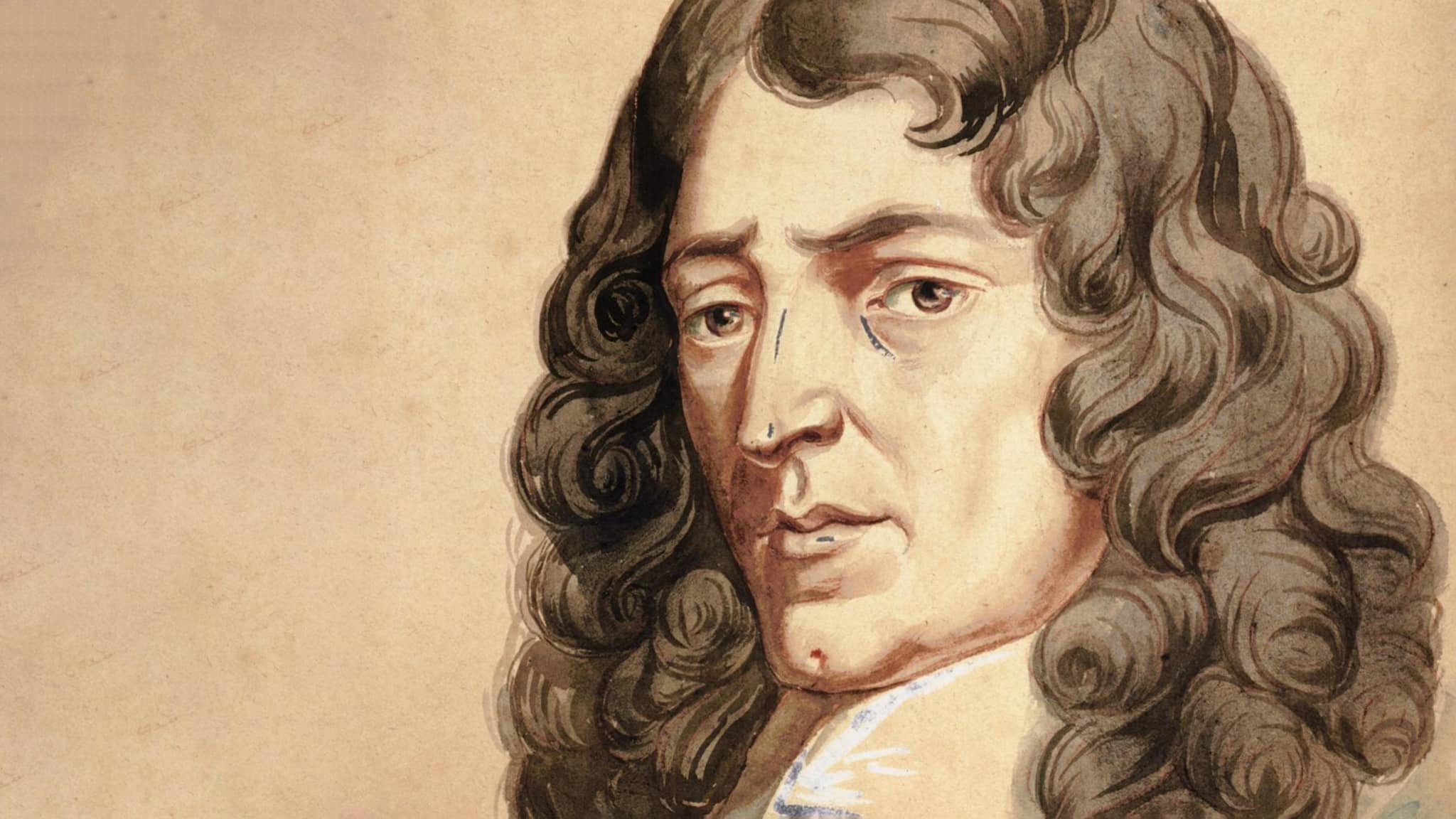Celebrating Marc-Antoine Charpentier: Baroque Genius
Marc-Antoine Charpentier (1643–1704) stands out as one of the most prolific and versatile French composers of the Baroque era, producing an extraordinary body of work across sacred and secular genres. His music, infused with a distinct Italian influence, set him apart from his contemporaries in France.
Exploring Charpentier's Life and Works
Charpentier was born in or near Paris and is believed to have studied with the Roman composer Giacomo Carissimi. Upon returning to Paris around 1670, Charpentier found himself in professional rivalry with Jean-Baptiste Lully, the dominant musical figure at the French court. This rivalry limited his opportunities in opera and ballet until he began working with Molière's troupe, composing for theatrical productions such as Le malade imaginaire and other collaborations with Corneille.
Mass for Four Choirs & Other Compositions by Charpentier
Charpentier's enduring reputation is built primarily on his sacred music. His compositions include Masses, Lessons and Responsories for Tenebrae, Antiphons, Psalm Settings, Motets, and Te Deum settings. His Te Deum (especially the prelude, known as the "Eurovision theme") remains his most internationally recognized work today.
He held a succession of important positions as maître de musique (music master) at significant Parisian institutions, including the Collège de Clermont, the Jesuit church of St. Louis, and from 1698, at the Sainte-Chapelle. These roles provided the platform for his prolific sacred output.
Despite setbacks in opera—most notably, the divided reception of his tragédie lyrique Médée in 1693—Charpentier's mastery of vocal music, especially in the oratorio and motet form, is widely acclaimed. His works continue to inspire modern performers and ensembles, ensuring his legacy lives on.

